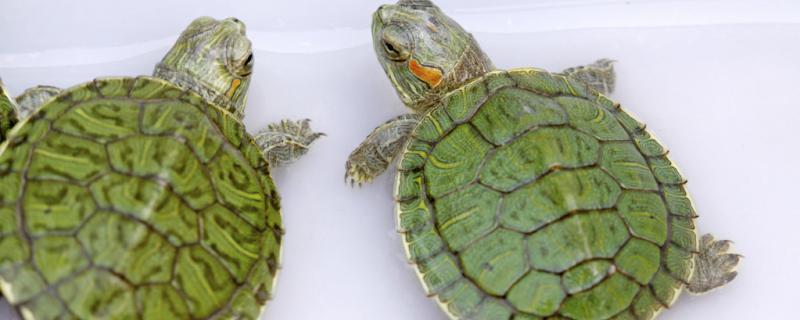
of Brazilian tortoises Brazilian tortoises are omnivorous and can eat a lot of food. At ordinary times, they can be fed with small fish, shrimp, poultry meat, spinach, turtle feed and other foods. Although they can eat all these foods, they prefer to eat meat. Meat contains a lot of protein, especially poultry meat with blood on it, which is their favorite taste.
But in normal feeding, they can not only be fed meat. You can feed them vegetables once or twice occasionally to make them more nutritious and avoid malnutrition. If the breeders are busy, they can feed the turtles. Turtle feed is made for their body needs of nutrition, nutrition is more comprehensive, but there will be a lack of taste. If they are young Brazilian tortoises, they are usually fed once a day. If they are adult Brazilian tortoises, they are usually fed once every 3-5 days.
of raising the Brazilian tortoise The Brazilian tortoise is easy to raise and not difficult to raise. It is a common ornamental tortoise and is loved by many people. When raising them, they can live well as long as they are provided with the right environment. They are suitable for living in weak alkaline water at 20-32 C. They breathe with their lungs, and the water level at which they are kept is generally not too high, just above their backs. If they are too high, it will be difficult for them to float up, which will affect their survival.